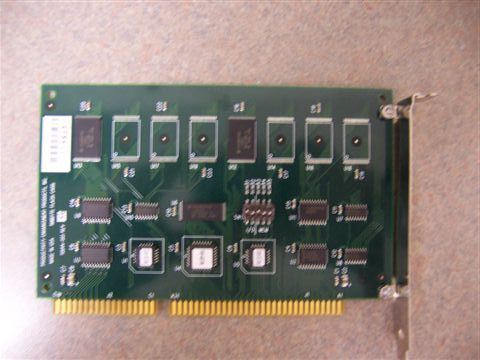 | ||
Cisco LocalDirector is a server load balancing appliance, discontinued in 2003, based on the Network Address Translation (NAT) technology Cisco Systems acquired when they bought Network Translation, Inc. The LocalDirector was conceived by John Mayes & Robert Andrews in late 1995 during a pre-acquisition meeting with Robert, Webmaster at Netscape Communications Corporation. During the meeting, Robert Andrews told John Mayes that there were, "probably 10 customers in the world with a load balancing problem". Because of this, the decision was made to begin development on the LocalDirector.
Brantley Coile, who had written the code for the PIX firewall for NTI and later Cisco, started coding of the LocalDirector very shortly after this meeting. As a result of the NTI acquisition by Cisco Systems in late 1995, Brantley hired a team of four long-time associates who were developers: Richard Howes, now at Steelbox Networks, and Pete Tenereillo worked for NTI prior to the Cisco acquisition, and Jim Jordan and Tom Bohannon, also at SteelBox, were hired immediately after the acquisition. Together the four developed the code for the Finesse OS and LocalDirector (Finesse was also used in the Cisco version of the PIX). The majority of the LocalDirector code was shared with the early PIXes.
Though F5 and Cisco started development of a load balancing product around the same time, F5 needed to re-staff and re-develop after the first attempt. The LocalDirector was the industry's first load balancer. It first shipped to a customer in April 1996, only four months after development started, beating the next earliest competitors, F5 and HydraWeb, to market by a full year.
Load balancing provides three important functions. It provides server availability, server scalability and the ability to manage server by bringing them on and off line.
All LocalDirector models were built with Intel-based/Intel-compatible motherboards, along with Intel and Digital network chipsets. The LocalDirector utilizes a proprietary operating system that Cisco calls Finesse. The PIX firewall today uses a derivative of the same operating system. All systems boot from flash memory.
